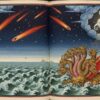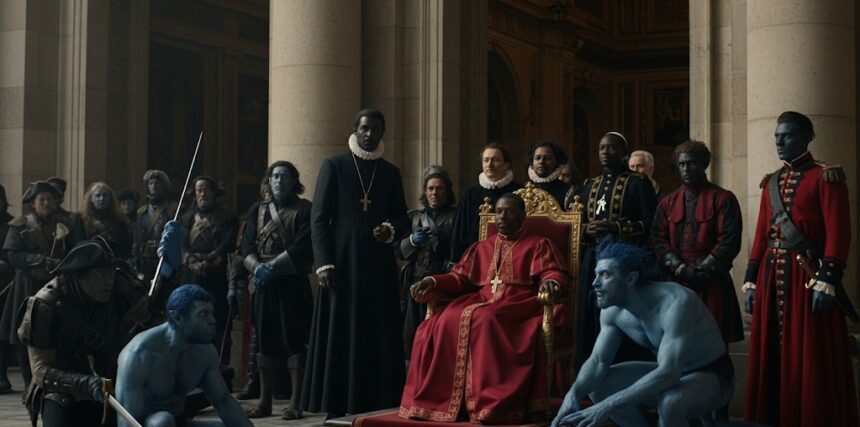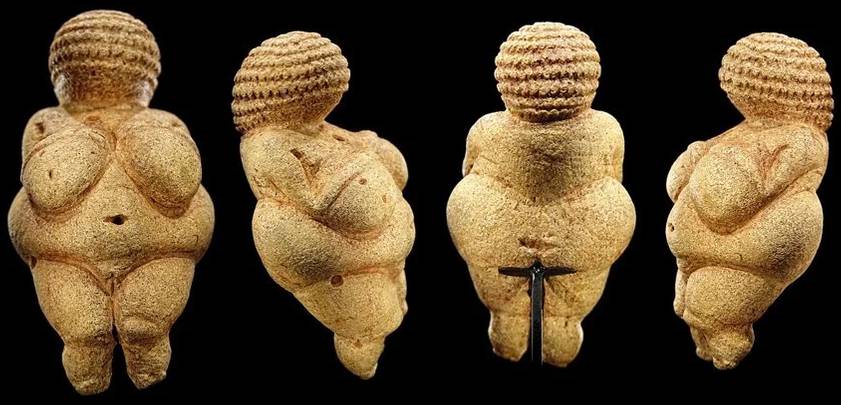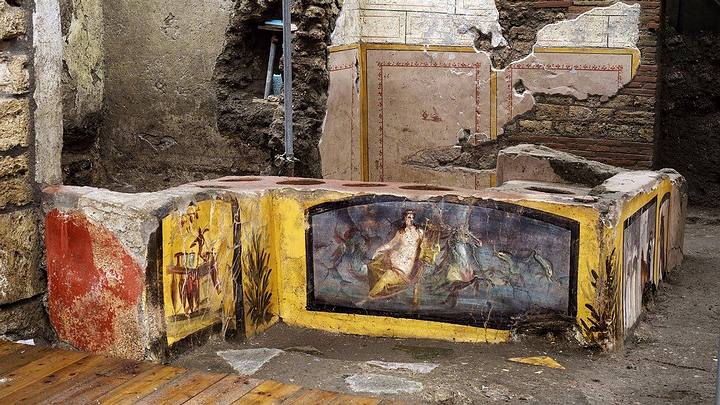In a groundbreaking reinterpretation of history, independent researchers, notably A. Lorenz, have brought forth intriguing discoveries suggesting that the entity historically known as the “Holy Roman Empire of the German Nation” may more accurately translate to the “Holy Empire of Alien Ancestors.”
This provocative claim posits that these “alien ancestors” are none other than the forebears of Europe’s current ruling elite, often referred to as the “black aristocracy.”
The Genesis of European “Blue Blood”
The narrative put forth by these researchers paints a startling picture of medieval Western Europe. According to their findings, this period saw the region overrun by what they describe as “ferocious cannibal pirates.” These aren’t just any pirates; they are presented as genetically engineered, hybrid “beastmen” with the distinctive “blue blood” genetics, artificially cultivated by a force hostile to humanity. These beings, while possessing a human-like appearance, are said to carry genetically embedded traits of their “creator gods”: misanthropy, a propensity for cannibalism and vampirism, debauchery, homosexuality, and pedophilia. The researchers draw a direct line from these historical events to what they perceive as the current attempts by “satanic globalist clans” and “degenerates from the Western elite” to instill these very traits in contemporary society.
The Fabricated Faith: A New Religion for a Conquered Populace
This process, the research contends, is not a recent development. The arrival of these invaders, outwardly camouflaged, coincided with the weakened state of the “civilization of the Golden Age” following a cataclysm. Along with their conquest, they are said to have introduced a religion purportedly in the name of Christ, yet bearing little resemblance to his original teachings.
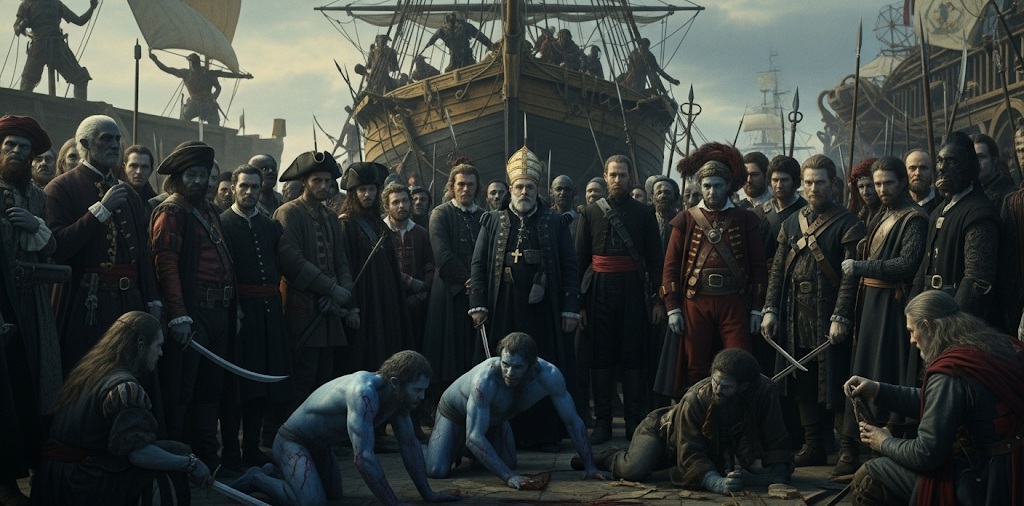
It is claimed that another group of these “hemocyanin beastmen” were instrumental in the creation of this new faith. They allegedly selected only four out of nearly eighty Gospels attributed to Christ’s apostles and disciples, significantly altering even these to serve their own interests.
Rome’s Rise: A New Capital for a New Order
Upon occupying the Italian lands, these invaders are said to have elevated the previously provincial and obscure city of Rome to their capital. It became the seat of the Roman Popes, who then self-proclaimed themselves “God’s vicegerents on Earth.” Historical sources, the researchers claim, contain traces of information about the true nature of these Roman Popes and the religion they established. This imposed faith, they argue, was forced upon the surviving and enslaved Vedic population after a comprehensive “cleansing” through the “Inquisition” and “Crusades.” The researchers point to the “morals” and the “cult of unsanitary conditions,” deemed a sign of “holiness,” that the invaders introduced as clear evidence of their true character.
Unmasking Medieval Morals: A Glimpse into “Civilized” Europe
A critical examination of medieval European “civilization” challenges conventional perceptions, offering a stark portrayal of the era.
An unbiased reading of medieval chronicles forces a decisive reconsideration of the Christian cult in Western Europe during the thirteenth and sixteenth centuries. Asceticism, mortification of the flesh, and strict adherence to Christian commandments were seemingly ideals proclaimed from church pulpits, while real life appears to have been starkly different.
Numerous historical studies, conducted by various scientists over different periods, unequivocally suggest that the morals prevalent in medieval monasteries were far from the ascetic ideals often proclaimed. A wealth of illustrative material, including ancient Bibles and sculptural images displayed in cathedrals and churches, disputes the notion of strictness and abstinence among the medieval clergy. The impression, rather, is not of isolated excesses but of a widespread practice.
Revelations from Within: The Debauchery of Ecclesiastical Life
Alexander Paradisis, in his novel “The Life and Work of Balthazar Cossa,” though a work of fiction, is presented as a conscientious and thoroughly researched account, accurately conveying the life and temper of the fifteenth century. Paradisis writes about the morals within monasteries, particularly highlighting the case of Balthasar (Baltasaro) Cossa, a former Neapolitan pirate who became Pope John XXIII (1410-1415):
“There is no trace left of the hermit’s and pious life of the monasteries of the first centuries of Christianity, the decay of the church and morals in them reached incredible proportions… The clothes of the nuns, which emphasized their natural beauty and slenderness, did not contribute to the strictness of morals either… Almost all the monasteries in Italy, writes Rodonaki, received male visitors. On the days of receptions, the nuns spoke provocatively loudly about their children… stirring up people in the streets.”
The book continues to expose widespread debauchery within monastic life. Saint-Didier’s accounts of Venetian monasteries, corroborated by Casanova, suggest that these institutions were centers of significant interest, especially among nobles. Nuns, described as slender and beautiful, were rarely without lovers. Overseers, far from enforcing strictures, reportedly aided nuns in finding discreet ways to meet with their partners. Paradisis further details how nuns in Rome and Florence adopted immodest attire, sometimes even appearing in men’s clothing, resembling “mythological nymphs” rather than “Christ’s brides.” The novel also describes theaters within many monasteries, exclusively featuring nuns as performers.
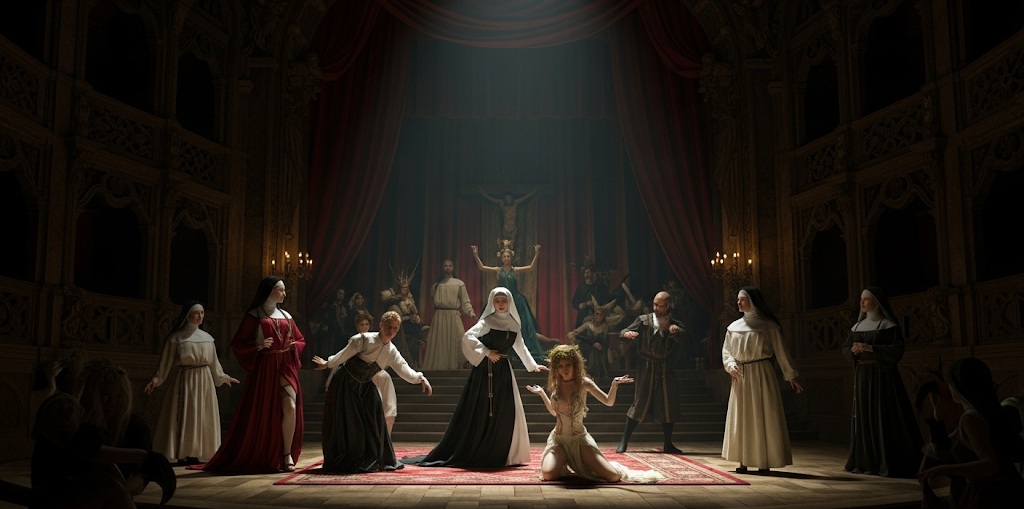
Even in Genoa, nuns were not known for restraint. A papal decree sorrowfully noted: “Sisters from the convents of St. Philip and St. James wander the streets of Genoa, committing indecent acts dictated to them by their unbridled imagination…” The promiscuity in the Bologna Convent of St. John the Baptist was so rampant that authorities were forced to disband the nuns and close the convent. The number of nuns prosecuted for debauchery grew daily, leading to monasteries acquiring nicknames such as “the monastery of dolls,” “the monastery of the shameless,” and “the monastery of Messalinas.” The humanist Pontano reportedly observed that in Valencia, Spaniards freely entered women’s monasteries, making it difficult to distinguish them from houses of ill repute.
The Suppression of Truth: Monastic Marriages and Carnivals
The cohabitation of monks and nuns was, it seems, a common occurrence. Masuccio Guardati’s “Novellino” included a book titled “Marriages between monks and nuns,” which was subsequently withdrawn and banned by the Catholic Church in 1564. Guardati himself was anathematized.
Beyond monastic walls, famous carnivals, such as the Venetian one lasting nearly six months, offered opportunities for widespread revelry. Alexander Paradisis notes that during these times, “convents were turning into dance halls, filled with men in masks.”
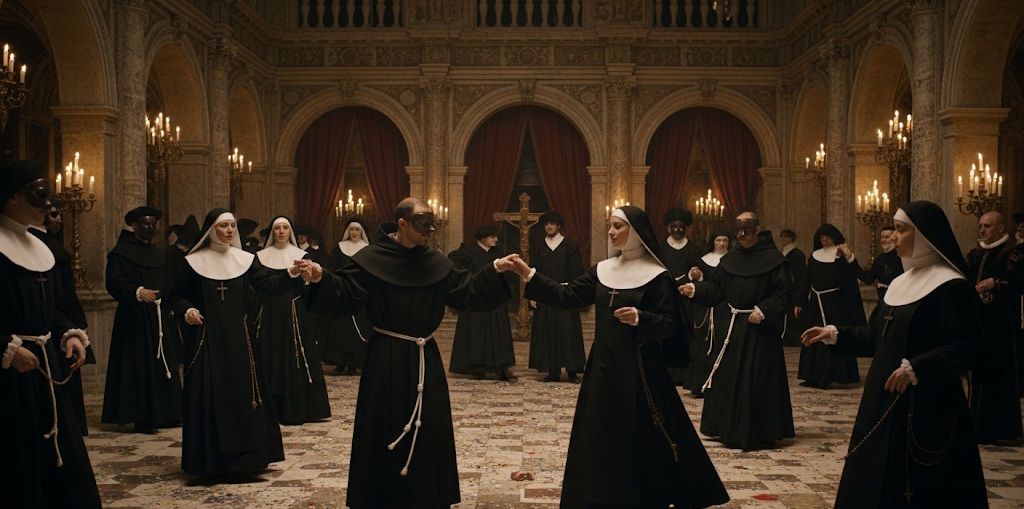
This raises a critical question: were traditional historians and Church Fathers right in their assertion that the depravity and licentiousness of the laity and clergy during the Renaissance represented a betrayal of “ancient piety,” a simple corruption of morals?
The Vedic Echo: Decoding “Ancient Piety”
In this analysis, the question of “ancient piety” reportedly came close to unraveling a significant historical mystery. The researchers propose that “ancient piety” refers to the period of the Vedic civilization of the “golden age.” This era, they contend, was deliberately concealed by Vatican falsifiers of history and chronology, who created the fictitious “era of antiquity” and pushed it back thousands of years into the past. Remaining artifacts of this “golden age” civilization were then attributed to invented slave-holding civilizations, which, according to the researchers, reflected the aggressive, semi-animalistic nature of the invaders and occupiers. These invented civilizations were also credited with degenerate cults of debauchery and blood sacrifices, brought by the “beast-men” themselves due to their semi-animal genetics. The researchers argue that these very cults of depravity and animal instincts flourished within the Roman Catholic Church established by these invaders.
The Legacy of the Invaders: Pirate Law and Modern Degradation
The “modern Western civilization,” according to this revised history, was created by these invaders, with a forcibly hybridized population carrying the genetics of the hybrid “beast-men” who formed the new European elite. This civilization, it is argued, could not have existed without the “pirate law of the sea” and the Jesuit “Roman law” they introduced. The example of Balthasar Cossa, a pirate who ascended to religious power, is presented as typical, illustrating how these “cannibal pirates” became both secular and religious authorities within the “Holy Empire of Alien Ancestors” – the entity known in official history as the “Holy Roman Empire of the German Nation.”

The article concludes by positing that the processes of spiritual degradation observed in modern Western civilization are not merely a consequence of a new wave of European hybridization. Instead, they are attributed to the inherent animalistic genetics present in representatives of globalist clans within the world elite, as well as the European and North American elites who serve them. This perspective suggests that it is unsurprising that not only globalist Satanists and their Western ruling elite allies, but also all Western churches, continue to be sources of drug addiction, debauchery, homosexuality, pedophilia, cannibalism, vampirism, Satanism, and Luciferianism, and are complicit with Nazis and terrorists.
Furthermore, it is suggested that it’s no coincidence that these “evil spirits and inhumans,” along with those described as “degenerates with a servile worldview,” are now seeking to exploit the natural resources of countries that have escaped their colonial control. This pattern, they assert, repeats almost every century. The invasions by the united hordes of Europe during the times of Hitler and Napoleon are cited as examples, both allegedly blessed by the Vatican as “crusades to the East.” The article prompts a critical reflection on the true identity of those who praise figures like the Dutch impostor, a “pirate and Satan Freemason,” who ostensibly introduced the “values” of this “Holy Empire of Alien Ancestors” – drunkenness, tobacco smoking, debauchery, and homosexuality. It also challenges whether this “window cut” into a civilization of “degraded degenerates” with their “maritime” and “Roman law” and other “values” was truly necessary or beneficial for other nations.



